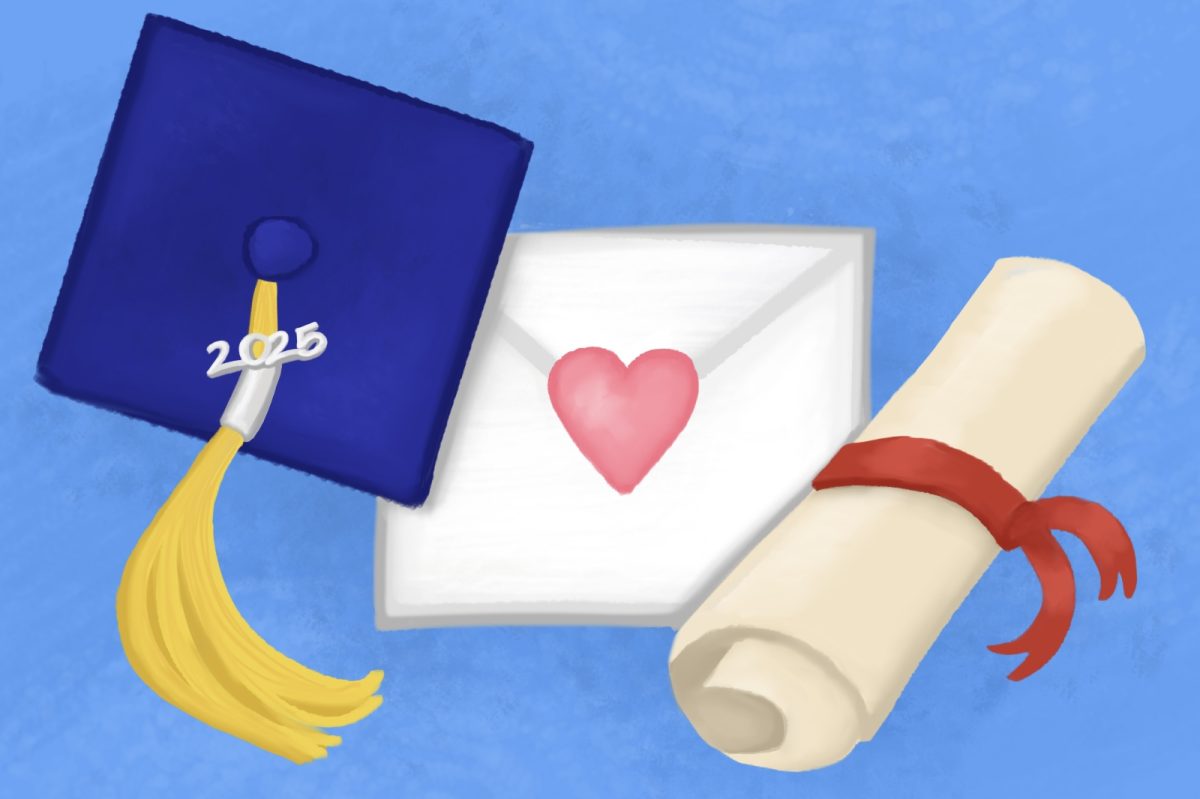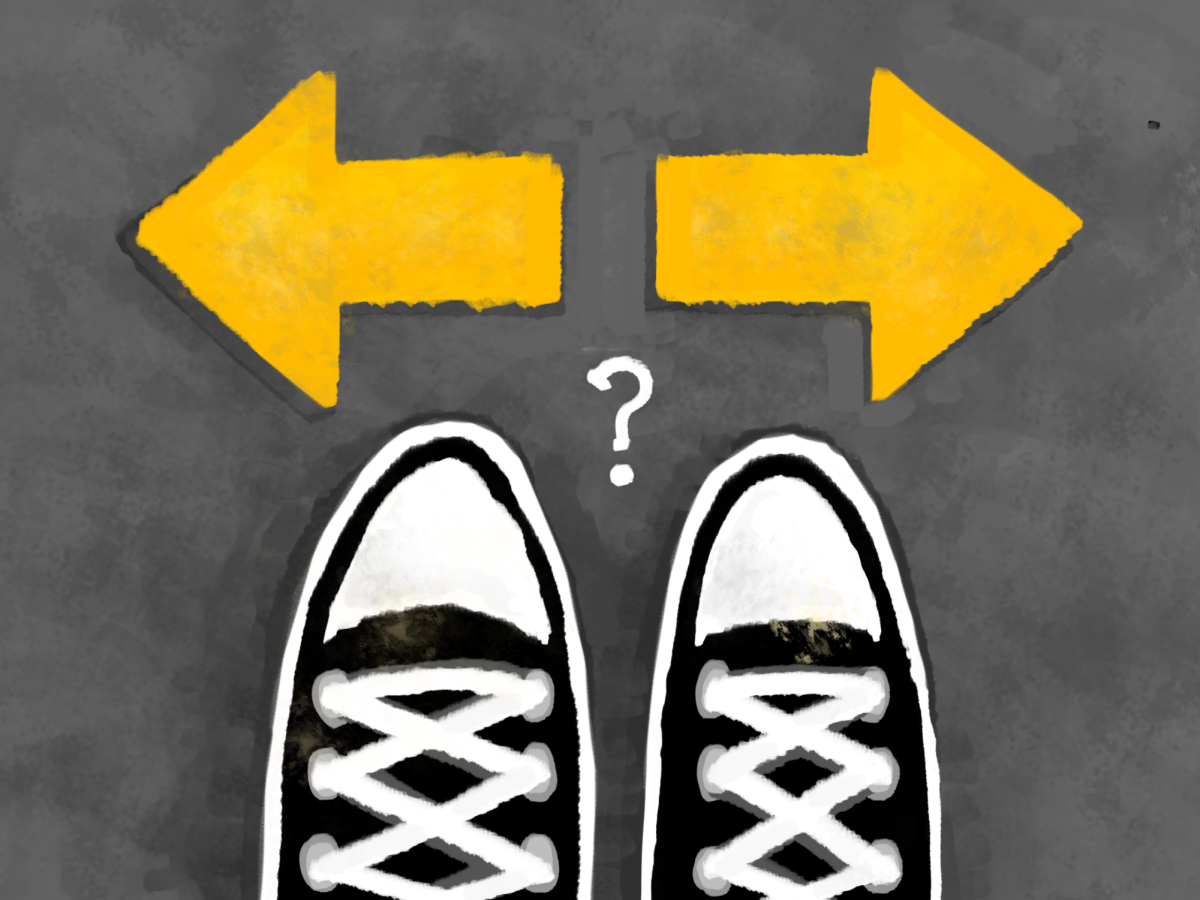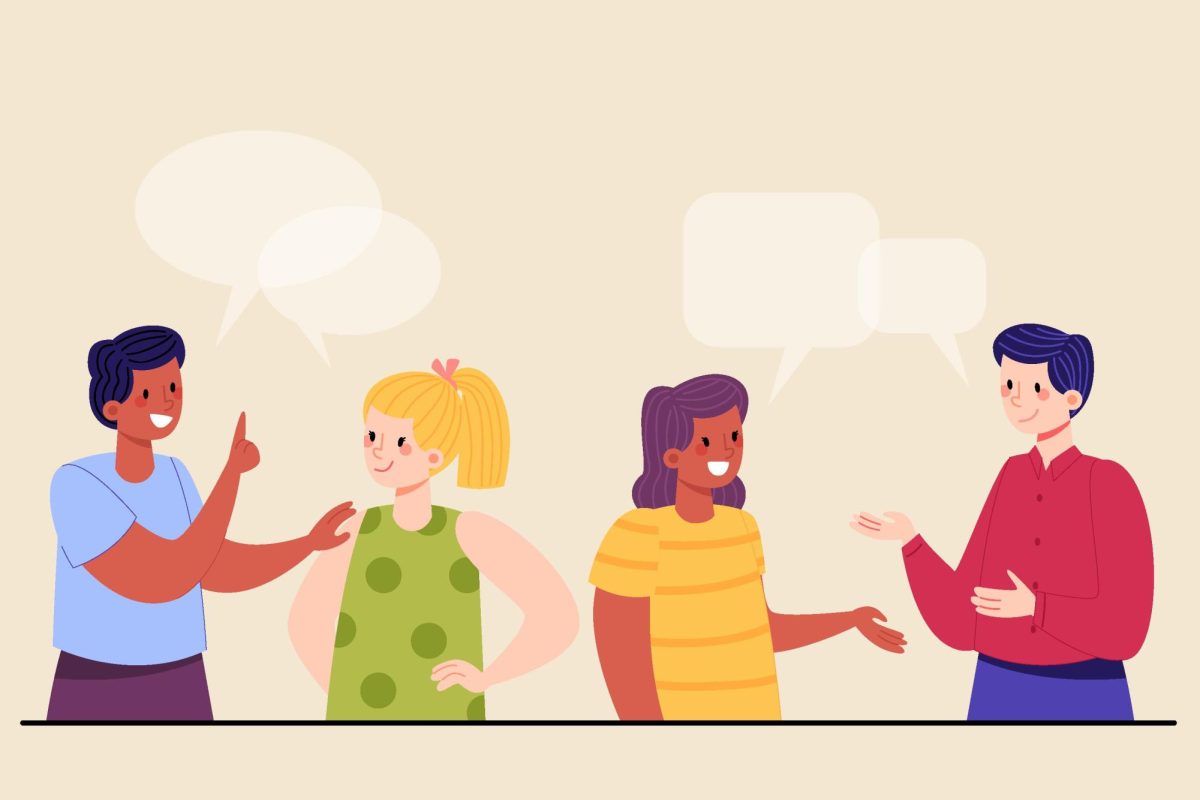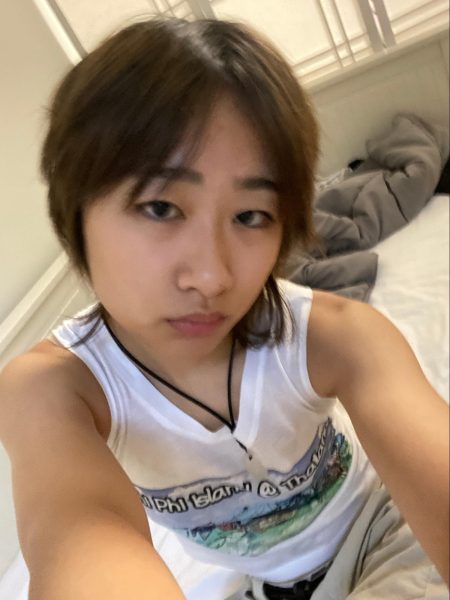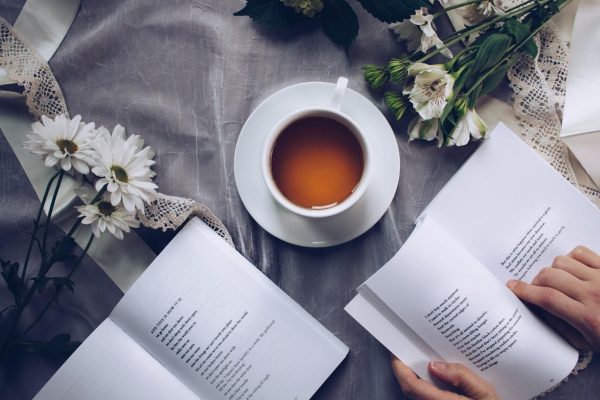
For many, the word “poetry” may bring unpleasant associations to mind. English classes spent squeezing the meaning out of a few meager stanzas of poems created centuries ago. Annual lectures on Shakespeare’s mastery of the sonnet and iambic pentameter and wordplay that we have struggled through since middle school. On the other end of the spectrum lie the equally dreadful 21st-century poets—some of us may have seen those TikToks made by amateur writers promoting books of their sentence-long poems composed entirely of regurgitated cliches and aphorisms, seemingly in tune with our increasingly short attention spans. Or maybe we’ve encountered impossibly abstract stream-of-consciousness poems that seem little more than eloquent word vomit, in which every line or fragment stands as its own indecipherable metaphor. Regardless, poetry is a genre that has long been disregarded and tossed aside, viewed as a means of expression that often occurs to the reader as overly pretentious or kitsch.
Yet what we often gloss over is the sheer diversity of poetry. Rhyming couplets and free verse don’t even scratch the surface—and considering the looseness of the definition of poetry itself, it’s no surprise that there are countless forms and subgenres to immerse ourselves in. This is not unlike music. One may find that most rappers are already essentially using all the basic elements of traditional poetry in their songs: rhyme schemes, metrical patterns, and metaphorical language. Many trending artists like Kendrick Lamar and Doechii embody different personas and tell stories through their music. As such, there’s a chance that a person who enjoys rap (or almost any song, really) for its lyricism may find a comparable satisfaction in picking up a poetry book.
Pop culture equivalencies aside, poetry stands as a world of its own. Every major civilization has contributed massively to the depth of the form, from Ancient Roman epics to Arabic ghazals. There’s even prose poetry, which notably lacks line breaks, for those who can’t see past the stilted flow of traditionally structured poems. Poetry has existed even before the invention of written language: for almost as long as humans have known how to speak, poets have been laboring towards the impossible perfection of the form. Anyone who enjoys reading in the slightest is likely to find a subgenre or poet suited for them.
Reading (and writing) poetry is associated with several positive cognitive effects, too. Starting with the obvious: reading poetry, especially considering the emphasis on rhythm and line breaks, slows us down and places our attention in the present. In a world where we’re constantly bombarded with stress and short-form content, taking a few minutes a day to read a poem or two can serve as a means of grounding ourselves.
Furthermore, several studies have indicated that reading poetry can significantly affect one’s mental health and overall well-being. Cancer patients and abused adolescents alike have improved their trauma responses, as well as symptoms of anxiety and depression, through poetry reading and writing. Listening to recited poetry can elicit physical responses like chills and goosebumps, which in turn activate parts of the brain that regulate the primary reward pathway. These benefits apply to everyone, regardless of age or background.
April marks the beginning of National Poetry Month, established in 1996 to celebrate poetry as an art form and spotlight poets for their valuable contributions to culture everywhere in the world. To commemorate, you may take a visit to the Poetry Foundation or any of the plethora of free literary magazines available online. Listen to an inaugural poet or all six—after all, they were personally chosen by our past Presidents. Maybe you’ll find inspiration and create your own works: a haiku about the rainy weather, an ode to the budding spring, a limerick inspired by your dog. Poetry is unique in that it morphs and bends to the volition of the artist. It’s up to us to put it to use, vicariously or not.


